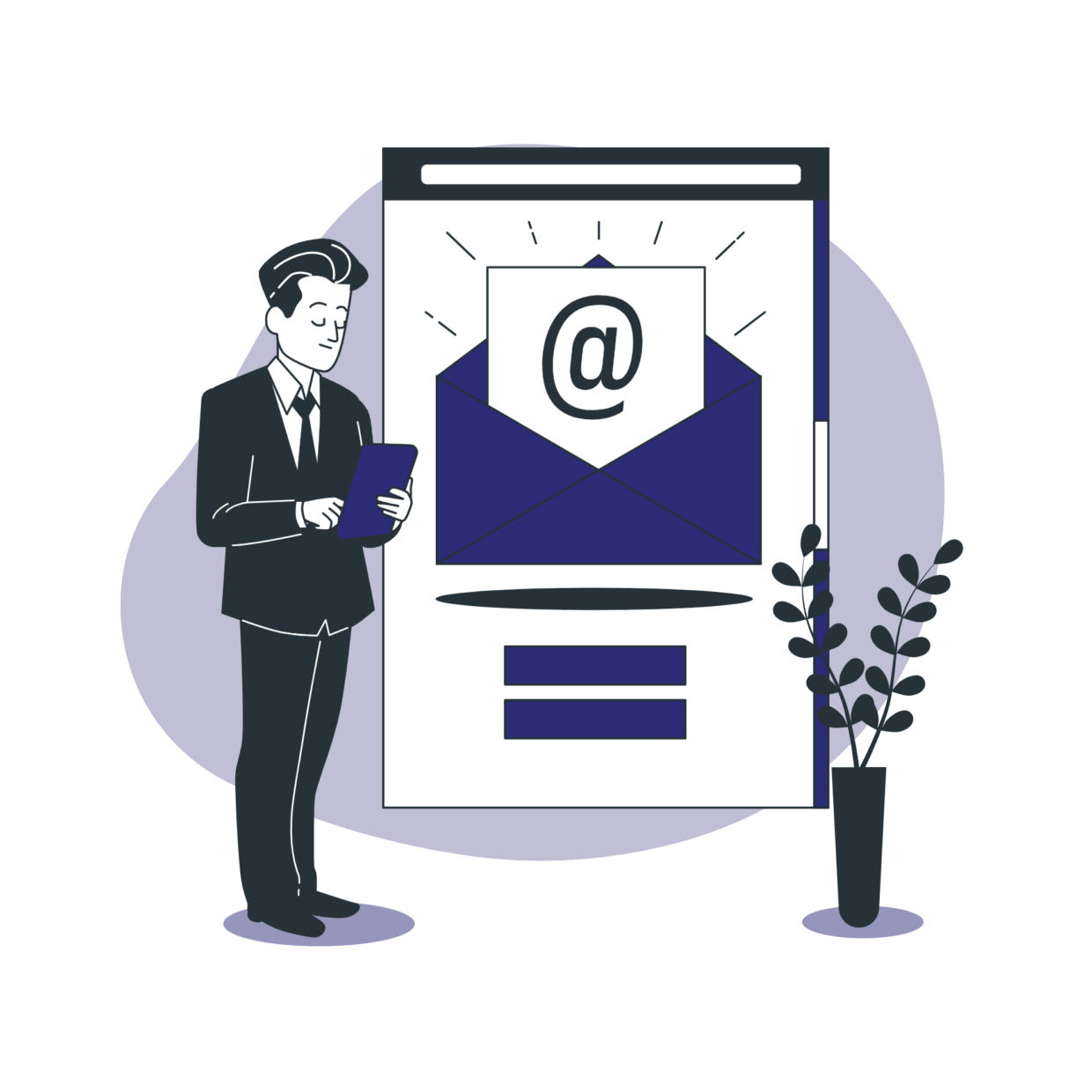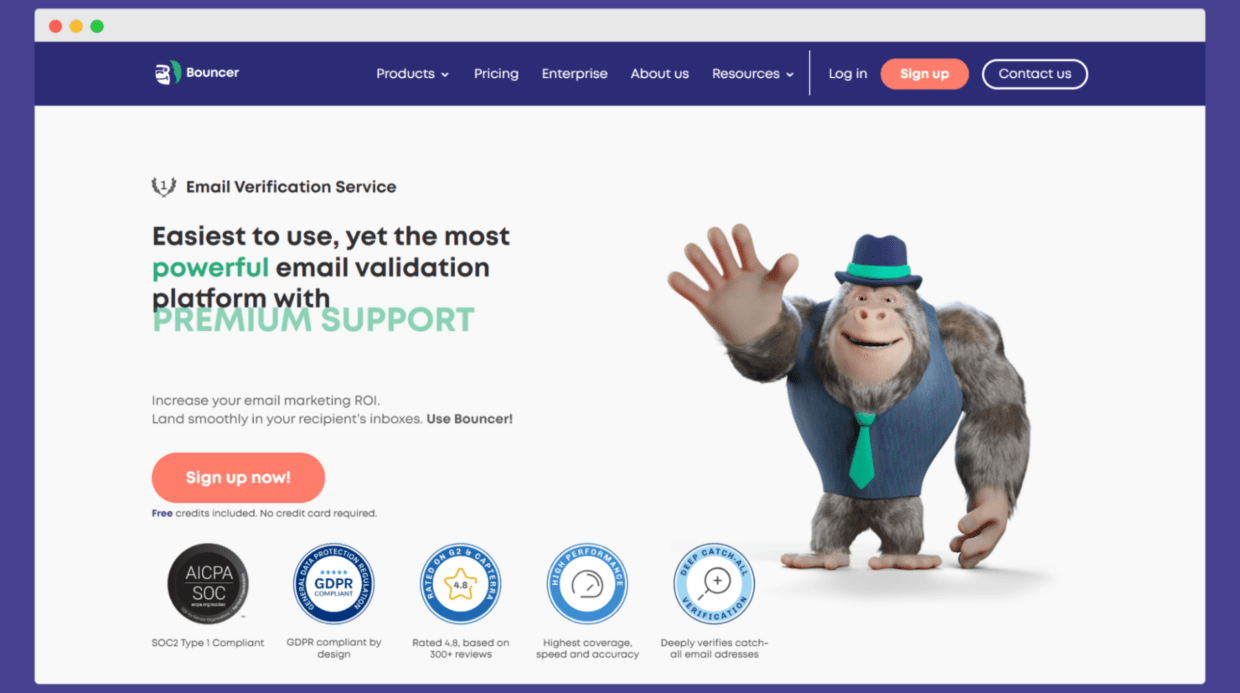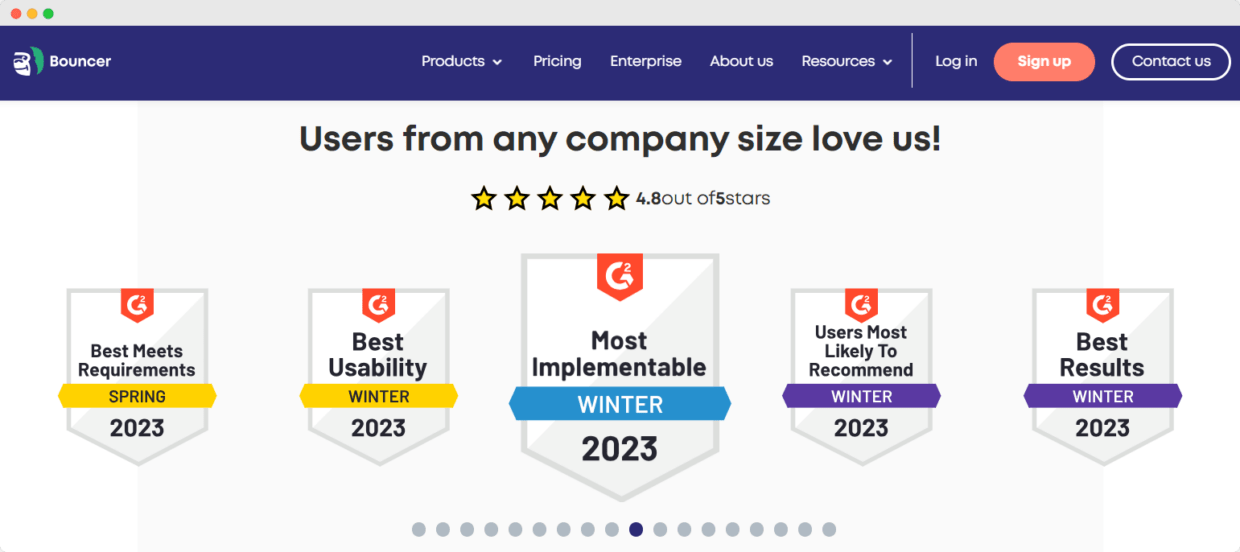Have you tried email throttling?
In this blog post, we’re looking into this common practice and sharing our top strategies to help you master it.
From understanding why it’s essential to exploring alternatives like email verification, we’ve got you covered.
What is email throttling?
Email throttling is when you send out emails at a slower pace instead of blasting them all at once. It’s like spreading out your emails over time.
For example, if you have 1,000 emails to send, instead of sending them all in one go, you send 100 every hour. This helps avoid overwhelming email servers and keeps your emails from being marked as spam. It’s a smart way to have your emails land in the inbox – where they belong.
Why businesses do email throttling – good sender reputation & more

If you’re curious to know why email marketers engage with email throttling, we explain the most common reasons below:
Maintaining sender reputation
In email marketing, avoiding spam traps is key. Throttling helps by spreading out email sends. This way, it looks less like spam and more like regular, thoughtful communication. Keeping a good reputation means more emails reach the inbox.
Improving email deliverability
Thanks to controlling each email delivery attempt, businesses make sure their messages are more likely to get into the email database of their audience. It’s about quality, not just quantity.
👉 Check out our email deliverability guide and how to ensure email delivery.
Balancing server load
Sending out lots of email messages at once can overload servers, especially when using multiple IP addresses. Throttling helps balance this load and makes it easier for the email service provider to handle the traffic smoothly.
Managing subscriber engagement
When emails land steadily in the recipient’s inbox, it’s easier for people to notice and engage with them. With throttling, your message doesn’t get lost in a sudden flood of emails.
Complying with regulations
Throttling respects the limits set by both the sending server and receiving server, as well as internet service providers. This compliance helps avoid legal issues and maintains good relationships with service providers.
Enhancing personalization
With throttling, there’s more room to manage transactional email traffic effectively. This means businesses can personalize emails better and make each message feel more tailored and special to the recipient.
Best practices for email throttling
Whether you’re already slowing down your email sends or thinking about starting, it’s key to do it the right way.
We’ve put together some top tips just for you.
These best practices will help you manage your email sends better:
#1 Start gradually
Begin your email campaigns slowly. Increase the number of emails gradually to avoid spam filters.
- 💡 Start with a small batch of emails and gradually increase the volume to warm up your IP address.
- 💡 Test different sending speeds to find the optimal rate that avoids triggering spam filters.
- 💡 Use the initial smaller sends to gauge recipient engagement and adjust your strategy accordingly.
#2 Understand your audience
Know who your audience is. This helps you send emails they’re interested in, at times they’re likely to read them.
- 💡 Analyze past engagement data to understand when your audience is most likely to open and interact with your emails.
- 💡 Segment your audience based on their behavior and preferences for more targeted messaging.
- 💡 Regularly update your audience profiles to reflect changes in their interests and behaviors.
#3 Use segmentation
Divide your email list groups. This way, you can target your emails better and make them more relevant.
- 💡 Create segments based on demographic data, past purchase behavior, or engagement levels to tailor your messages.
- 💡 Test different messages with each segment to see what resonates best and refine your approach.
- 💡 Keep your segments dynamic by regularly reviewing and updating them based on new data.
#4 Monitor metrics
Keep an eye on how your emails perform. Look at opens, clicks, and bounces to see what works best.
- 💡 Track open rates, click-through rates, and conversion rates to measure the success of each campaign.
- 💡 Monitor bounce rates and unsubscribe rates to identify potential issues with your email list or content.
- 💡 Use A/B testing on subject lines, content, and send times to continuously improve your email performance.
#5 Adapt to peak times
Send emails when your audience is most active. This increases the chances they’ll see and open your emails.
- 💡 Identify peak engagement times through analytics and schedule your emails to coincide with these periods.
- 💡 Be mindful of time zones when scheduling emails to make them reach recipients at the optimal time.
- 💡 Regularly review and adjust send times based on changes in audience behavior or daylight saving time adjustments.
#6 Consider the day and time
Think about the best day and time for your email campaigns. Different times might work better for different groups.
- 💡 Test-send emails on different days of the week to identify which days yield the highest engagement.
- 💡 Avoid sending important emails on weekends or holidays when people are less likely to check their inboxes.
- 💡 Experiment with sending times throughout the day to find when your emails are most likely to be opened.
#7 Test and iterate
Try different strategies and see what gets the best response. Keep improving your approach based on what you learn.
- 💡 Use A/B testing to experiment with different elements of your emails, including subject lines, content, and call-to-actions.
- 💡 Analyze the results of each test to make data-driven decisions about your email strategy.
- 💡 Keep on iterating on your campaigns based on testing results and changing audience preferences.
#8 Comply with regulations
Always follow the rules. If you’re not sure, contact support to stay on the right side of email laws.
- 💡 Stay informed about email marketing laws and regulations in the countries where your recipients reside.
- 💡 Check whether all emails include a clear and easy way for recipients to unsubscribe.
- 💡 Regularly review and update your email practices to stay compliant with evolving regulations.
#9 Use a reliable ESP
Choose a trustworthy Email Service Provider (ESP). A good ESP helps you manage your email campaigns effectively and avoid technical issues.
- 💡 Choose an ESP with a strong reputation for deliverability and customer support.
- 💡 Use the tools and analytics provided by your ESP to optimize your email campaigns.
- 💡 Make sure your ESP offers features that support segmentation, automation, and compliance with email regulations.
The better alternative to email throttling
What if we told you that instead of slowing down your email campaigns, there’s another great strategy?
It’s called email verification.
This means checking your email list and making sure every address is good before you send anything.
When you only send to verified addresses, you’re way less likely to end up in the spam folder. This keeps your email deliverability and sender reputation strong.
To get started with email verification, we strongly recommend Bouncer – a tool for email verification.

Bouncer is a top choice for checking your emails before you send them.
This email verifier cleans your email list, so you don’t need to slow down your email sending.
Bouncer quickly finds out which emails are real and which ones won’t work.
This means your emails are more likely to reach people who want to see them.
With Bouncer, you can be confident that your email campaigns will do well. Plus, your sender reputation will remain strong and your messages will be far from the spam folder.

Here’s why Bouncer is your best bet for keeping your email lists clean and your campaigns hitting their mark:
- premium support from truly caring people
- the highest coverage with deep catch-all verification
- excellent UI and an intuitive product
- lightning fast speed for quick verifications
- top-notch accuracy that lets you reach real people
- fortress-like security which keeps your data safe
Starting is risk-free with free credits and no need for a credit card.
From SOC2 Type 1 compliance to GDPR design compliance and glowing reviews, Bouncer is trusted by companies worldwide for its reliability, scalability, and user-friendly approach.
Whether you need real-time or bulk email verification, Bouncer has got you covered. We make it easier than ever to connect with your audience effectively.
Don’t let invalid emails slow you down – let Bouncer take the wheel and support your growth.
Start for free today and join thousands of happy customers who’ve made Bouncer their email verification solution of choice.
Conclusion
With these tips, you’re ready to improve how you send emails.
It’s all about successfully letting each email do its job well.
And if you need a hand checking your emails – don’t forget about email verification.
Bouncer is here to help. It’s time to boost your email game.

